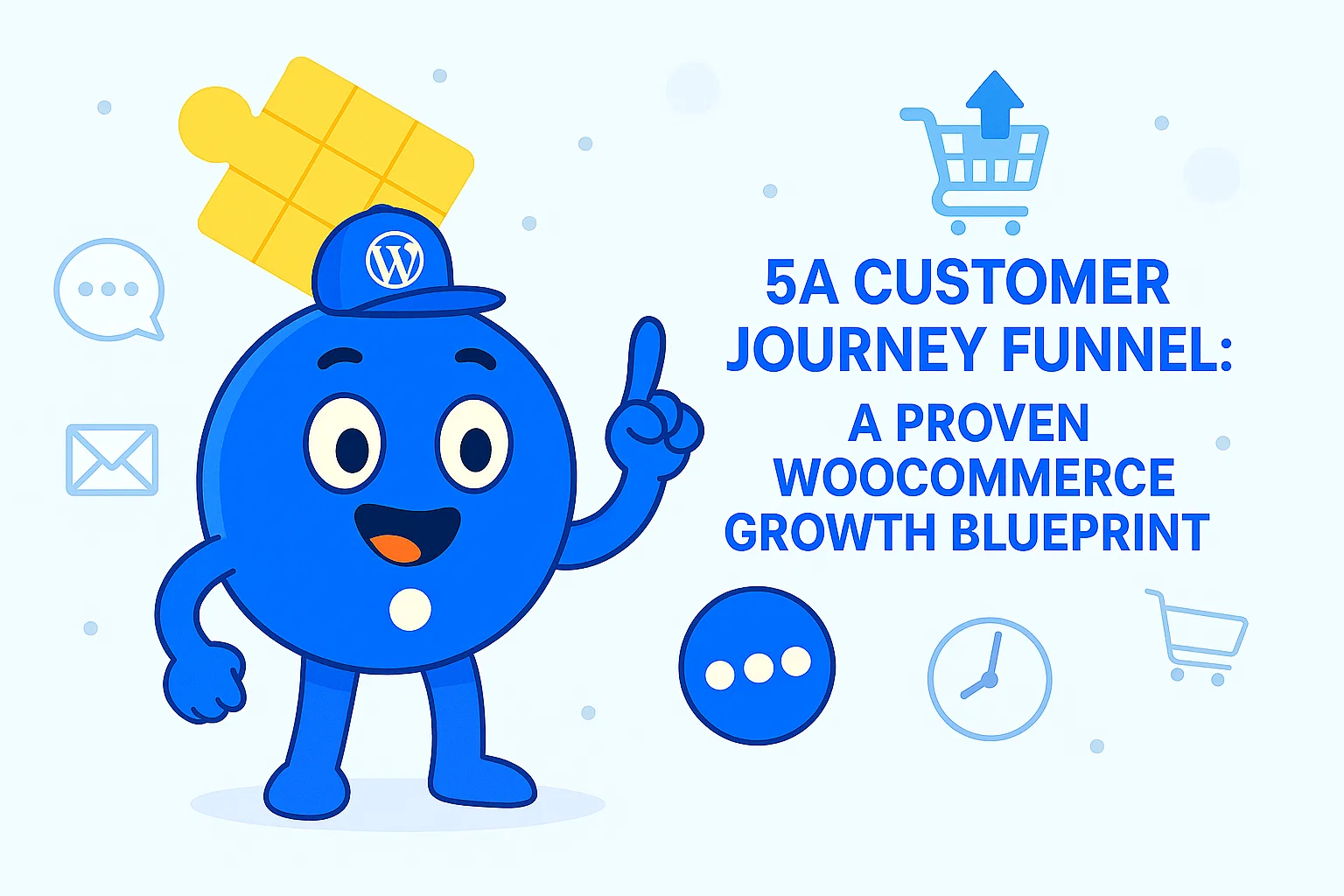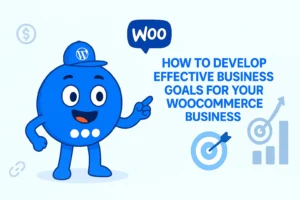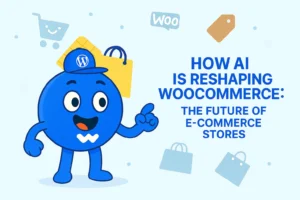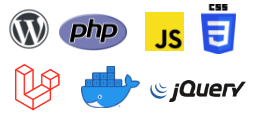5A Customer Journey Framework: A Proven WooCommerce Growth Blueprint
Imagine your online store not just making sales, but building lasting relationships, turning casual browsers into enthusiastic advocates. In today’s competitive digital landscape, understanding a customer’s journey is no longer a luxury; it is the bedrock of sustainable growth.
This article introduces Philip Kotler’s powerful 5A customer journey framework (Awareness, Appeal, Ask, Act, and Advocate) – and demonstrates how to apply it directly to a WooCommerce store.

Each stage will be broken down, revealing actionable strategies and highlighting smart tools that can streamline the path to success. Prepare to transform a WooCommerce funnel and amplify a business’s reach and impact.
Demystifying the 5A Customer Journey: A Customer’s Path to Loyalty
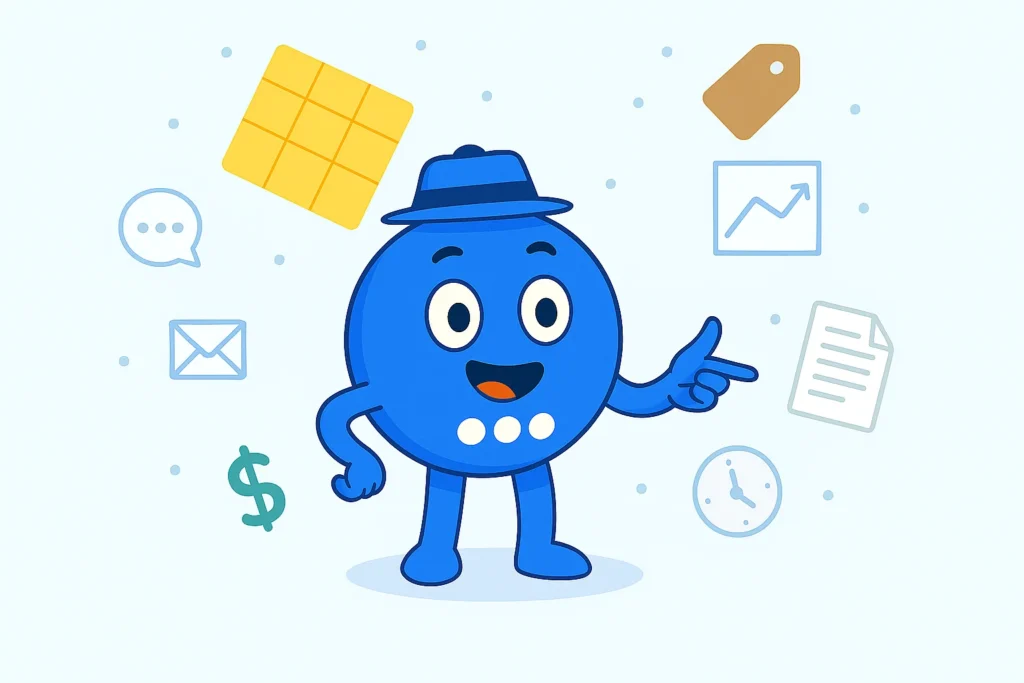
The 5A customer journey framework, developed by renowned marketing expert Philip Kotler, offers a holistic view of how customers interact with a brand, moving beyond a simple linear funnel.
Instead of solely focusing on the purchase, this model emphasizes the importance of post-purchase engagement and advocacy, which is absolutely crucial for building a thriving e-commerce business with repeat customers.
This expanded perspective acknowledges that a customer’s relationship with a brand extends far beyond the initial transaction, highlighting the value of fostering loyalty and encouraging organic promotion.
- Awareness: This is the initial entry point where a customer first encounters a brand or product. It is akin to a potential customer seeing a billboard or a social media advertisement. At this stage, individuals might not even realize they have a problem, or they could be problem-aware but not yet aware of available solutions. The objective here is simply to get the brand on their radar.
- Appeal: Once aware, customers develop an interest. They begin to evaluate the product or service, often forming a shortlist of brands that resonate with them. This stage is about captivating their curiosity and making the brand stand out from competitors by highlighting its unique value proposition and emotional connection.
- Ask: If their curiosity is strong enough, customers actively seek more information. They ask questions, look for product reviews, or contact customer service. This is a critical point where potential buyers gather the necessary details and build confidence in their potential purchase, seeking validation and clarification.
- Act: This is the conversion stage, where customers make a purchase or take a desired action, such as adding a product to their cart or signing up for a subscription. For WooCommerce, this is the moment of truth – the successful sale. The focus shifts to making this process as smooth and frictionless as possible.
- Advocate: The journey does not end with a purchase. If the customer’s experience is positive, they become loyal and recommend the brand to others, sharing positive reviews or referrals. This word-of-mouth marketing is incredibly powerful for e-commerce, as it drives new awareness and reinforces brand credibility through trusted sources. This stage demonstrates the circular nature of the 5A model, where loyal customers become a new source of awareness for others.
Table 1: The 5A Customer Journey in WooCommerce
| 5A Stage | Customer Mindset | WooCommerce Goal | Key Actions/Touchpoints |
| Aware | “What’s out there?” “I have a problem.” | Get discovered; introduce brand/solution. | SEO (blog, product pages), social media ads, content marketing, partnerships. |
| Appeal | “This looks interesting.” “Does this fit my needs?” | Spark interest; make brand/products desirable. | High-quality visuals, compelling descriptions, fast site, strong value proposition. |
| Ask | “I need more info.” “Can I trust this?” | Provide answers; build confidence. | Live chat, FAQs, reviews, testimonials, transparent policies, upsells/cross-sells. |
| Act | “I’m ready to buy.” “How do I get this?” | Facilitate purchase; minimize friction. | Optimized checkout, multiple payments, trust badges, urgency, abandoned cart recovery. |
| Advocate | “I love this!” “I want to share.” | Foster loyalty; encourage referrals/reviews. | Post-purchase experience, loyalty programs, referral incentives, UGC, community. |
Stage 1: Awareness – Getting Noticed in a Crowded Digital World
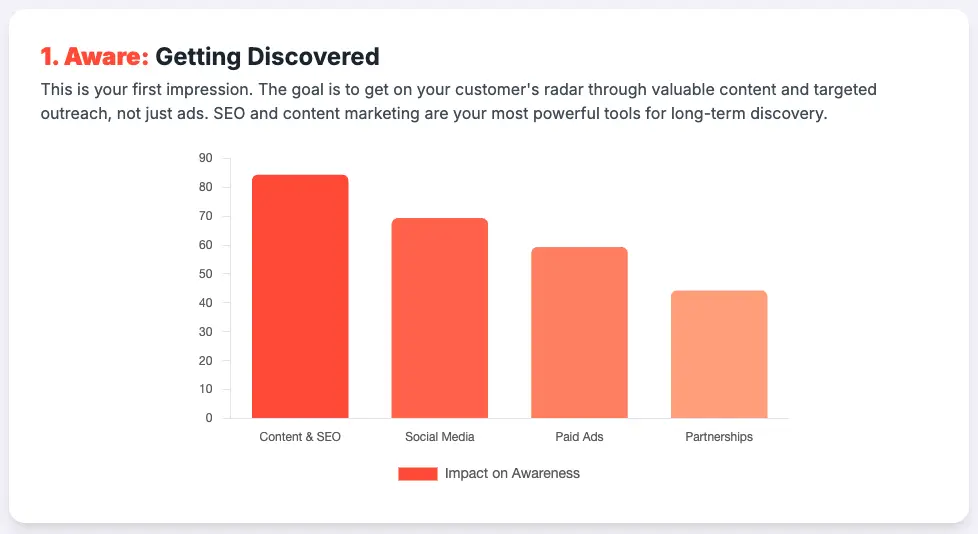
In the Awareness stage, the primary objective for a WooCommerce store is to capture the attention of potential customers who may or may not yet be aware of their specific problem or the solutions available. This is about casting a wide, yet targeted, net to introduce the brand and its offerings. Effective strategies at this stage focus on discoverability and providing value without being overtly sales-oriented.
One fundamental approach is Search Engine Optimization (SEO). By optimizing blog posts, product descriptions, and overall website content with relevant keywords, a store can improve its visibility in search engine results.
For instance, instead of just listing product features, blog posts can address common customer questions and problems, subtly introducing the brand as a solution. This strategy aligns with the understanding that content at this stage should inform and solve problems, rather than push sales.
Tools like Yoast SEO or Rank Math are invaluable here, offering user-friendly interfaces to manage meta descriptions, title tags, and keyword usage, making SEO approachable even for non-technical business owners. The consistent use of SEO ensures that when potential customers search for solutions to their problems, the store’s content is readily discoverable, establishing the brand as a helpful resource.
Targeted advertising is another powerful avenue. Platforms like Facebook offer “Lookalike Audiences” that enable businesses to reach new people who share characteristics, interests, and behaviors similar to their existing ideal customers. This allows for a broad yet relevant audience reach, ensuring advertising spend is directed towards those most likely to become interested. This method is particularly effective because it leverages existing customer data to expand reach intelligently, moving beyond generic targeting to find genuinely receptive new audiences.
Social media engagement is also vital. Actively participating on relevant platforms and creating shareable content encourages organic reach and builds brand awareness. This involves more than just posting; it means interacting with comments, responding to messages, and fostering a community around the brand. The informal and direct nature of social media allows for a more personal introduction to the brand, making it feel approachable and relatable.
Finally, content marketing, through educational videos and brand stories, can be highly effective. Videos, for example, can show the personalities behind the brand, answer common questions, or even tell a story about the company’s values, creating an emotional connection without a direct sales pitch. This helps move potential customers from being “unaware” to “problem aware” by focusing on benefits and addressing their underlying needs, rather than just product features.
Integrating the Floating Awesome Button (FAB) Plugin: At the Awareness stage, a strategically placed Floating Action Button can act as a subtle yet effective guide for new visitors. Imagine a new visitor landing on a blog post. A customizable Floating Action Button could appear in the corner, linking directly to a “Start Here” guide, a popular educational video, or a special “first-time visitor” offer.
This provides an immediate, low-friction pathway for curious individuals to delve deeper into the brand’s offerings, transforming passive consumption into active engagement. Its persistent visibility ensures that even if a visitor scrolls away from the initial content, the option to explore further remains readily available, increasing the chances of moving them to the next stage of the journey.
Stage 2: Appeal – Captivating Hearts and Minds
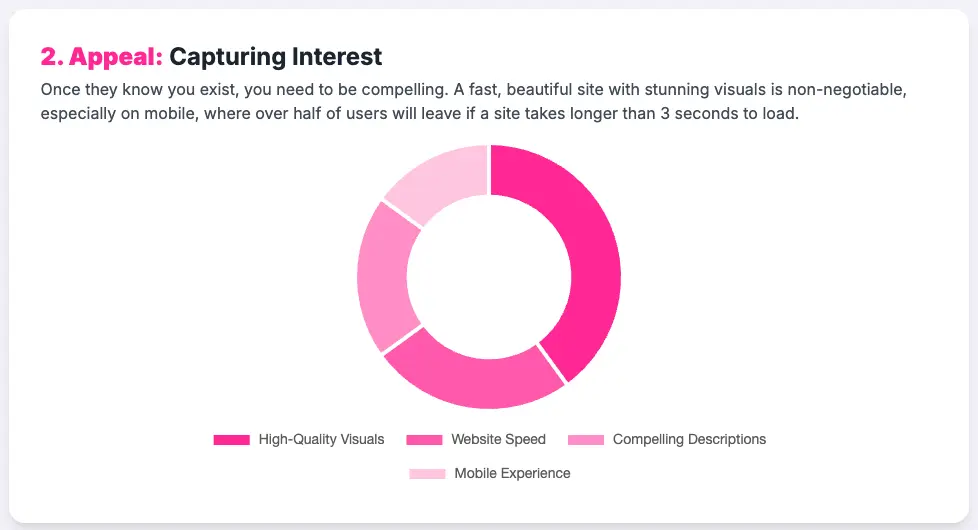
Once potential customers are aware of a brand, the next critical step is to make that brand and its products truly irresistible. The Appeal stage is all about sparking curiosity and creating an emotional connection that makes a WooCommerce store stand out in a crowded market. This involves showcasing products in their best light and ensuring the overall website experience is captivating.
High-quality product visuals are paramount. People shop with their eyes, and blurry, small, or generic images can significantly hurt conversion rates. Utilizing at least 3-5 images per product, showing different angles, including zoom functionality, and incorporating lifestyle photos that depict the product in use, can dramatically improve appeal. This provides a comprehensive visual experience, compensating for the inability to physically inspect products online.
Alongside compelling visuals, clear, benefit-focused descriptions are essential. Instead of merely listing features, product descriptions should articulate how those features solve a customer’s problem or enhance their life. Using bullet points for readability, adding emotional language, and tailoring the tone to the target audience can make descriptions far more persuasive. This approach ensures that customers not only understand what the product is but also what it can do for them, fostering a stronger desire.
Furthermore, if you want to learn more about creating product description for your product you can go to this article : The Ultimate Guide to Writing High-Converting WooCommerce Product Descriptions
Maintaining a strong and engaging social media presence also contributes significantly to appeal. Consistently posting relevant content, engaging with followers, and utilizing diverse formats like highly-edited videos or live sessions can keep the brand top-of-mind and build a loyal following. This continuous interaction helps to reinforce the brand’s personality and values, deepening the emotional connection with potential customers.
Integrating the Floating Awesome Button (FAB) Plugin: For the Appeal stage, the Floating Action Button can be a dynamic tool to highlight compelling content. Imagine a customer browsing a product category page. A Floating Action Button, perhaps featuring a video icon, could offer quick access to a product demo or a compilation of customer testimonials, instantly showcasing the product’s benefits and social proof.
Alternatively, it could link to a special “first-time buyer” discount page, creating an immediate incentive for deeper engagement. Its customizable design ensures it blends seamlessly with the store’s aesthetic while drawing attention to key appealing elements, encouraging visitors to explore further and move closer to a purchase decision.
Stage 3: Ask – Guiding Curiosity to Conversion
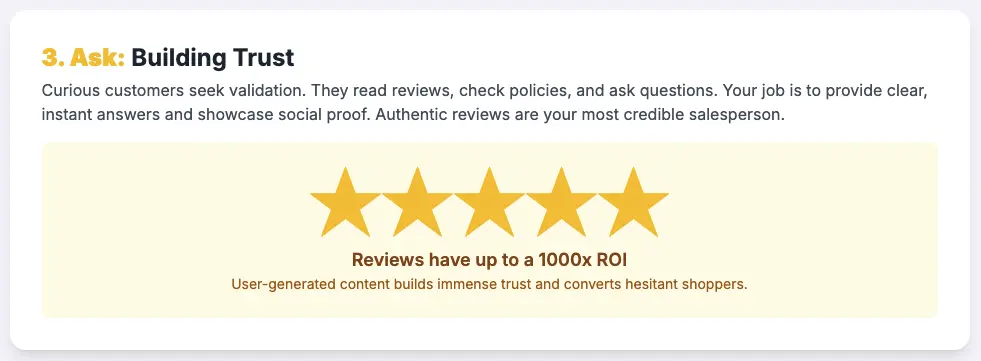
In the Ask stage, customers are actively seeking more information to validate their interest and build confidence before making a purchase. For a WooCommerce store, this means providing easily accessible answers, fostering trust, and proactively addressing any lingering doubts. This stage is about empowering customers to find what they need, when they need it.
Robust customer support is paramount. Offering live chat, comprehensive FAQs, or a support ticketing system ensures that customers can get their questions answered quickly and efficiently. A speedy checkout process, for instance, significantly influences a customer’s willingness to buy, and this principle extends to how quickly their inquiries are resolved.
Transparent policies regarding returns, shipping, and privacy are crucial for building trust. Clearly linking to these policies throughout the site, especially during the checkout process, reassures customers and eliminates uncertainty. When customers understand exactly what to expect, their confidence in the brand grows, reducing hesitation.
Social proof, such as customer reviews and testimonials, plays a massive role in this stage. Displaying average ratings prominently and featuring detailed reviews (including those with images) helps potential buyers see that others have had positive experiences. This taps into the human desire to follow the crowd and provides credibility. Reviews are effectively the “new word-of-mouth marketing,” influencing purchase decisions and building trust. Stores that actively encourage and display reviews see significant benefits, as they allow customers to sell products for the brand by amplifying its reputation.
Making easy access to product information readily available is also key. This means ensuring product pages have detailed descriptions, including material information, size, and other relevant specifics, structured into digestible sections. While customers may not read everything, highlighting crucial information early on and making it scannable ensures they can find answers quickly.
Finally, upselling and cross-selling strategies can be introduced thoughtfully at this stage. By suggesting complementary products or higher-priced alternatives based on a customer’s current interest, a store can add value to their shopping experience without being pushy. This can be done through “You may also like” sections or by offering product bundles, enriching the customer’s understanding of available solutions.
Integrating the Floating Awesome Button (FAB) Plugin: In the Ask stage, the Floating Action Button becomes a direct conduit for information and support. Imagine a customer hesitating on a product page, perhaps with a question in mind. A Floating Action Button, labeled “Need Help?” or featuring a chat icon, could instantly open a live chat window, connect them to an FAQ section, or even trigger a pop-up form for a “Request a Demo.”
This immediate access to answers and assistance prevents potential drop-offs due to unanswered questions, streamlining their information-gathering process and building confidence in their purchase decision.
Stage 4: Act – Turning Interest into Action
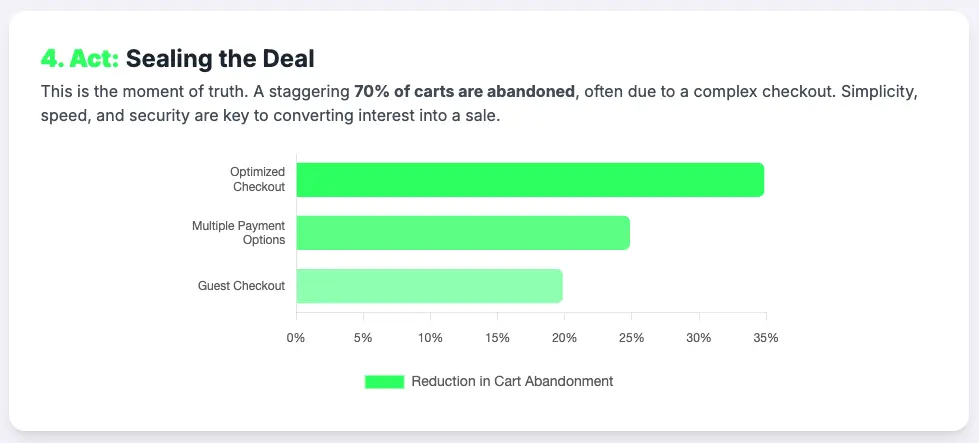
The Act stage is where all previous efforts culminate in a tangible outcome: the purchase. For a WooCommerce store, the goal here is to streamline the buying process, minimize any friction, and encourage immediate action. This is about making it as easy as possible for customers to click that “Buy Now” button.
Trust badges and security seals should be prominently displayed throughout the checkout process. These visual cues, such as SSL certificates, payment logos, and security icons, reassure customers about the safety of their personal and financial data. When customers feel secure, they are more likely to complete their transaction. This builds confidence at the most sensitive point of the journey.
Urgency and scarcity tactics can encourage quicker decisions. Limited-time offers, countdown timers, or low-stock alerts create a “fear of missing out” (FOMO), prompting customers to act immediately rather than delaying their purchase. This psychological trigger can be highly effective in reducing cart abandonment.
Integrating the Floating Awesome Button (FAB) Plugin: In the Act stage, the Floating Action Button can serve as a highly visible call to action. Imagine a customer scrolling down a product page, contemplating a purchase. A prominent Floating Action Button, perhaps in a bold, high-contrast color, labeled “Add to Cart” or “Checkout Now,” could remain visible, ensuring the conversion path is always clear and accessible.
It could also link directly to a limited-time flash sale or a special discount code, creating urgency and encouraging immediate purchase. This persistent, easy-to-access button minimizes the effort required to take the final step, directly contributing to higher conversion rates by reducing friction and making the desired action unmistakable.
Stage 5: Advocate – Cultivating Lifelong Fans
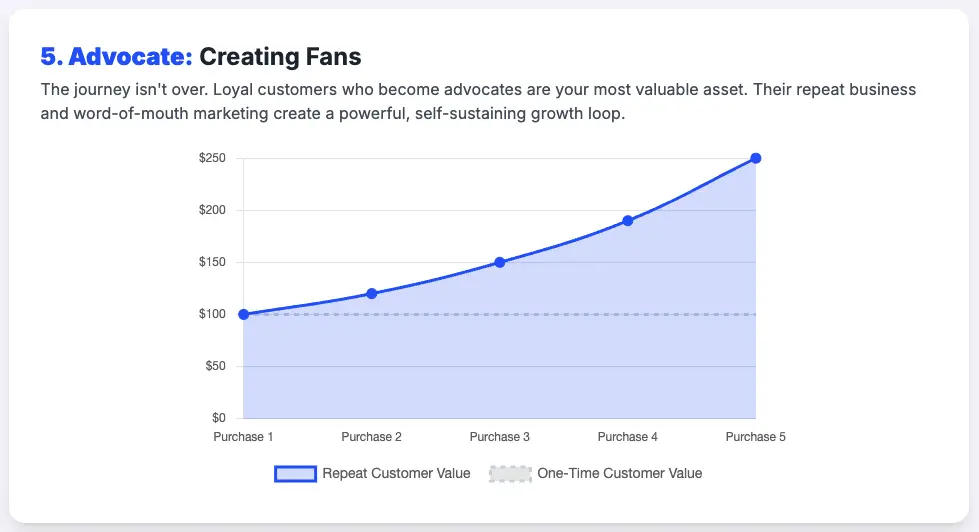
The journey does not end with a purchase; in fact, the Advocate stage is where a WooCommerce store can truly build sustainable, long-term growth. Transforming buyers into loyal promoters who enthusiastically recommend the brand to others is incredibly powerful, as repeat customers spend significantly more than new customers. This stage focuses on nurturing relationships and leveraging positive experiences.
Exceptional post-purchase experiences are foundational. This involves clear communication about shipping, thoughtful packaging, and personalized follow-up messages to ensure satisfaction. Going beyond the transaction with personalized thank-you emails, tips on using the new purchase, or exclusive discounts for future orders can solidify a positive impression.
Prompt delivery updates and easy return/refund policies further contribute to a seamless experience, building trust and encouraging repeat business. This attention to detail after the sale reinforces the customer’s positive decision and fosters goodwill.
Loyalty programs and referral incentives are direct ways to encourage advocacy. By rewarding customers for purchases (e.g., points for every dollar spent) and offering discounts, store credits, or free products for referrals, a store gives customers a tangible reason to spread the word. This gamification of loyalty makes customers feel valued and incentivizes continued engagement and promotion.
Leveraging user-generated content (UGC) is a powerful strategy. Encouraging customers to share their experiences with products on social media through giveaways or challenges generates authentic content that serves as compelling social proof for potential new customers. Featuring this UGC on the website and social media platforms not only gives advocates recognition but also provides real-life examples of products in action, which is highly influential. Reviews, in particular, offer an immense return on investment (ROI), with some businesses reporting a 1000X ROI from their review efforts. This underscores the profound impact of authentic customer voices in driving growth and trust.
Building a brand community fosters deeper connections. Creating dedicated spaces where customers can interact, share experiences, and provide feedback makes them feel heard and valued, increasing loyalty. This community approach can lead to customers defending the brand and becoming true brand ambassadors.
Integrating the Floating Awesome Button (FAB) Plugin: For the Advocate stage, the Floating Awesome Button can empower loyal customers to easily share their positive experiences. Imagine a customer who just received their order. A Floating Awesome Button could appear on the order confirmation page or a post-purchase thank-you page, labeled “Share Your Love!” or “Leave a Review.”
This button could link directly to social media sharing options, a review submission form, or even a personalized loyalty program dashboard where they can see their points and referral link. This frictionless access to advocacy tools makes it incredibly easy for satisfied customers to become active promoters, amplifying the brand’s reach through authentic word-of-mouth marketing.
Conclusion: Your Path to WooCommerce Mastery
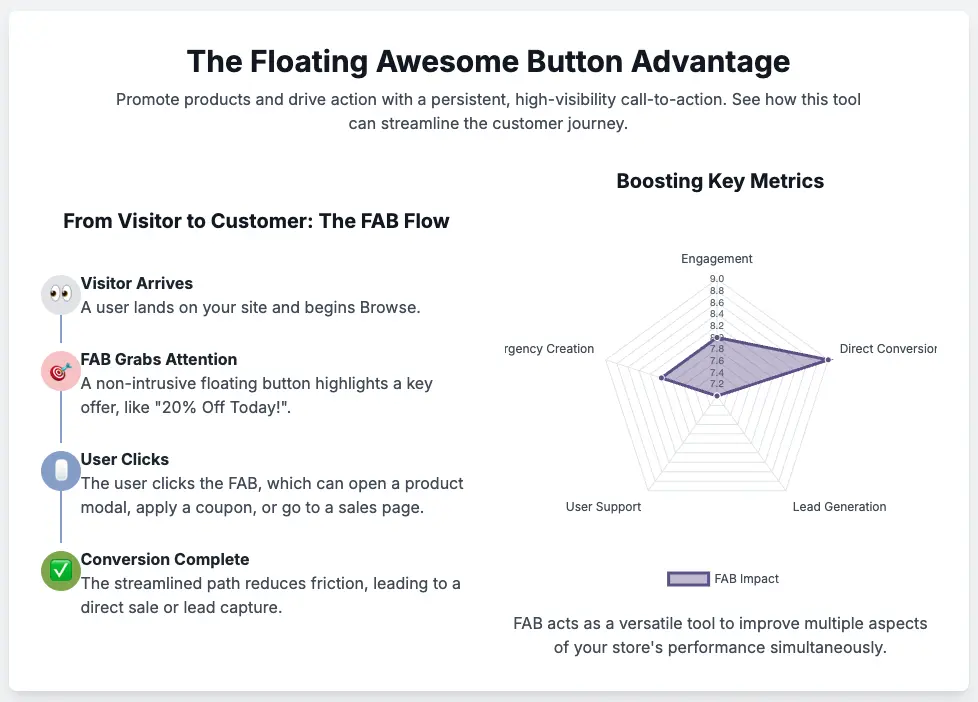
Mastering the customer journey is no longer a theoretical exercise but a practical imperative for any WooCommerce store aiming for sustainable growth. By meticulously understanding and optimizing each stage of the 5A framework (Awareness, Appeal, Ask, Act, and Advocate) —businesses can transform casual visitors into loyal, enthusiastic promoters.
The journey begins with making a brand discoverable and relevant to potential customers, moving through captivating their interest with compelling visuals and clear value, then empowering them with information and support to build trust. The critical “Act” stage demands a seamless, frictionless purchase process, while the “Advocate” stage ensures that satisfied customers become powerful, organic marketers.
The strategic integration of smart tools, such as the versatile Floating Awesome Button, can significantly enhance this journey. Whether it’s guiding new visitors to key content, providing instant support, simplifying the path to purchase, or encouraging social sharing, such tools act as digital assistants, streamlining interactions and improving user experience at every turn. Beyond specific stages, continuous attention to overall site performance, data analytics, and ongoing SEO ensures that the entire funnel operates at its peak efficiency.
By embracing this holistic approach, WooCommerce entrepreneurs and business owners can not only drive sales but also cultivate enduring customer relationships, creating a thriving online business that stands the test of time. The path to WooCommerce mastery lies in understanding, adapting, and continuously optimizing the customer’s journey.


